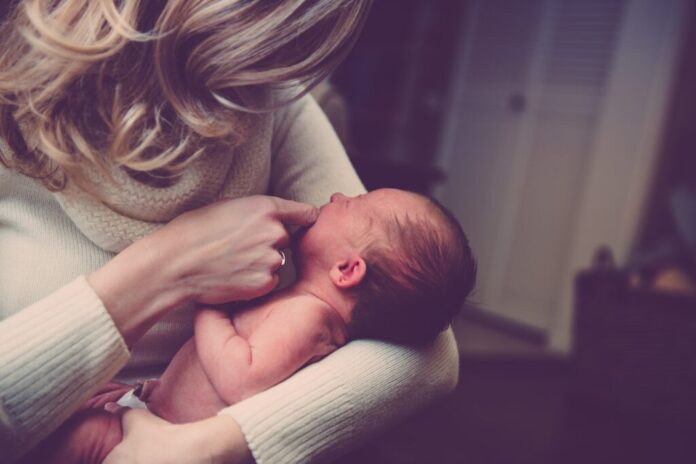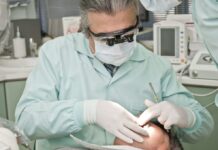About one in every 33 babies in the US is born with a defect. Those congenital disabilities can range from minor to severe conditions. They also affect different parts like one’s mental or physical development, organ functions, and appearance. Most congenital disabilities develop within the first trimester when organs are yet to form fully. And while some defects are harmless, others are severe where one will need long-term care. Discussed below are some of the defects and their treatments.
Table of Contents
Congenital Heart Defect
This birth defect is caused by a problem with the heart’s structure. The defect can affect the walls or valves of the heart or the veins and arteries near the heart. It affects normal blood flow, where the flow can go the wrong direction or slow down. Some of the symptoms of congenital heart disease include rapid breathing or heartbeat, fatigue, poor circulation of blood, or feeding challenges. The treatment of this condition involves drugs, surgery, catheter procedures, or heart transplants. Also, if any family member or you have this condition, you can look for CHD Support groups or resources to help you cope.
Cleft Lip/ Palate
This condition occurs when the lip splits or opens. At times, the opening can be big enough to connect the nose and the upper lip. A child with this condition will often need a speech pathologist to help them with speech development. These kids may also need help feeding them as they find it hard to suck milk. In some situations, the nursing mother will have to express and feed the child using a bottle. A cleft lip or palate requires surgery to repair the defect. Ideally, the surgery should be performed within a year after birth to allow the child’s face to grow normally.
Clubfoot
Clubfoot occurs in about 1 in every 1000 newborns and affects more boys than girls. The condition causes a foot deformity and can be identified either during an ultrasound or after birth. While doctors are yet to determine what causes clubfoot, it can be a combination of environmental factors and heredity affecting fetal growth. Clubfoot can be treated by manipulating the limbs through stretching. The two stretching techniques used include the Ponseti Method and the French Method. If the stretching does not work, the alternative is surgery. Your child will then need to wear a brace for at least a year to keep the foot in the proper position.
Spina Bifida
This defect occurs when the spinal cord and the spine fail to form properly. This type of neural tube defect happens within the first month of pregnancy. If doctors suspect the child has this condition, the birth is often done through cesarean. Some of the complications associated with this condition include problems with mobility, challenges with bowel and bladder movement, and deformities in the bones and joints. When this condition is severe, a child can undergo surgery within 48hrs of birth.
Most congenital disabilities cannot be prevented. However, women can lower the risk by taking care of themselves when pregnant. This includes taking the right supplement and avoiding drugs, alcohol, and tobacco products.






















